首頁 > Available Technologies
 Research, Design and Development Process
Research, Design and Development Process Die Manufacturing Equipment
Die Manufacturing Equipment Cold Forging Process
Cold Forging Process Warm Forging Process
Warm Forging Process Annealing & Surface Treatment
Annealing & Surface Treatment
Advantage Of Company
1. We have more than 30 years of experience in cold forging.
2. We have cold forging, warm forging, hot forging and composite forging technologies, the range of forgings can be greatly expanded to improve product competitiveness.
3. The research and development of precision forging technology can make the accuracy reach JIS 5, and the forged gears do not need machining.
4. Development of 3D forging technology, in addition to the general vertical forging forming method, there are lateral forming capabilities.
5.Complex product development using forging simulation software analysis, through quantitative analysis, get the best solution for the process allocation, so that the design of the mold has a better mold life and shorten the new product development time.
6.Cooperating with academic teachers and hold education training regularly to keep professional knowledges accumulated and progress.
7. The second-generation successors will take over the factory, so there will be no technical gap and succession gap, you can rest assured that we can provide the best service in Li-Hsing.
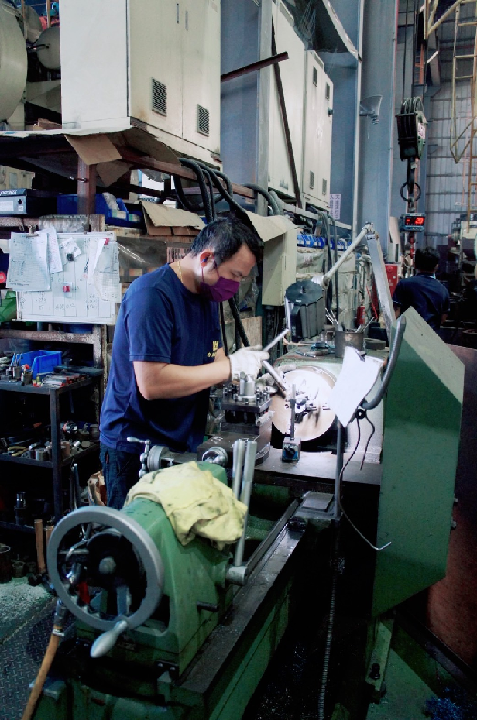
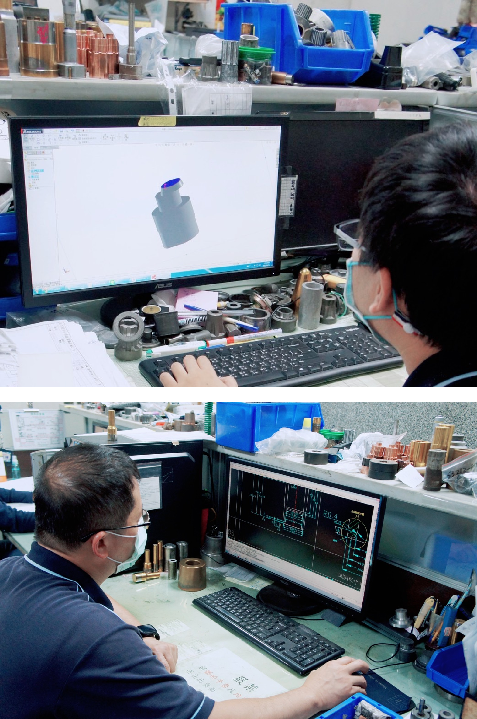
Research, Design and Development Process
The development process is in accordance with IATF16949 requirements, and each customer has customer special requirements (CSR). During the product development period, after receiving the customer's drawings and understanding customer's needs, the sales team will convene the quality planning team to conduct product and discuss whether the customer's needs could be met. If possible, we will start to produce a manufacturing flow chart and provide a preliminary quotation to customers.
After customers accept the quotation and the development contract is signed, Cross-functional teams compile action plans and produce plant planning sheets, special characteristics list, PFMEA, initial control plan, SOP, SIP, SNP, MSA plan, PPK plan.
After the mold is completed for trial run, the trial run will be evaluated including full size inspection, material testing, PPK, GR&R, etc. Based on the evaluation of the trial run, the quality planning team will decide whether to revise FMEA (RNP re-evaluation), control plan (mass production), SOP/SIP/SNP documents depending on the demand. The final stage of mass production, through the PPAP mode of operation and quality activities in each stage to ensure that the forgings in the design, small batch trial and mass production stage of management activities can be effectively operated, and ultimately to achieve the systematic reduction of forging variation, continuous improvement of forgings and improve customer satisfaction goals.
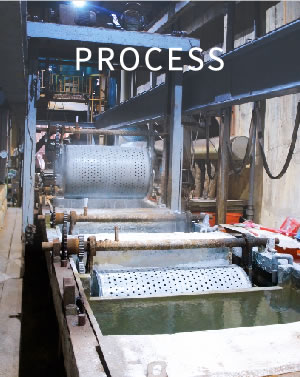
- STEP01 Understanding customer needs. STEP02 Feasibility Study STEP03 Process Flow Chart & Quotation STEP04 Sign Contract STEP05 Development Stage STEP06 Tryout STEP07 Provide related documents STEP08 Mass Production
Die Manufacturing Equipment
Under the foresight of the general manager, Mr. Jiang Rong Hua, Li-Hsing has set up a tooling team and invested in tooling equipment, especially wire-cutting and EDM machines are Swiss brand, the precision is higher than other machines. Li-Hsing has completed the process of mold turning and assembly, electrical discharge processing, wire cutting processing, etc. in accordance with the drawing, which is a one-stop operation, thus shortening the mold making and modification time, shortening the sample delivery time of forgings and responding quickly to the needs of the production site.
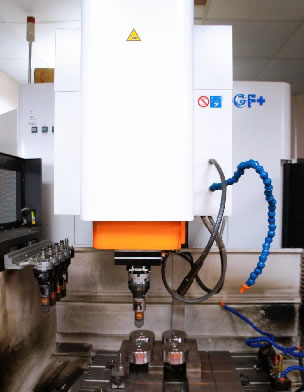
-
equipment number CNC turning machine 4 Wire cutting machine 3 EDM 2 Lathe 10 Milling machine 1 Grinding machine 1
Cold Forging Process
Cold Forging is a cold working process by which metal is shaped at room temperature. More specifically, the metal material is squeezed into a die and the finished part assumes the shape of the die. Cold forged products offer many significant advantages over hot forged products and even more so over cast or machined metal products.
Advantages of cold forged products
1. Significant material saving – cold forged product is directly shaped and strengthening through plastic deformation, and thus cold forged product provide very significant cost saving over cast or machined metal products. The material saving is very significant in a high-volume production, and even more so if the forged product requires expensive materials.
2. No heating is required – cold forged product is directly shaped without heat expansion and cold contraction, and thus cold forged product has superior surface finish and dimensional accuracy.
3. Superior dimensional Accuracy – advanced teeth forging technology can produce forged product with JIS class 3-4 precision. No machining process is required.
4. High production rate – cold forged product has very short production cycle. Large volume of forged products can be produced quickly.
5. Exceptional forging die life – forging die used in cold forging process has exceptional die life. Forging die are typically made with very expensive material. Cold forging process provides significant cost saving, because forging die used in cold forging process rarely needs to be replaced.
6. Better mechanical properties – unlike hot forging, the inclusion and grains distortion of a cold forged product follow the contour of the forged product’s surface and thus the cold forged product has better mechanical properties.
7. Minimized contamination – producing metal parts using cold forging process produce less contamination than any other manufacturing processes.
Warm Forging Process
The main theory of warm forging is metal materials are shaped before the hardenability is significantly changed. According to the definition of this theory, the temperature should be controlled within the range between 600℃~900℃, and the product should be shaped in this temperature range. The physics for forging steel are such that after heating and cooling material, the hardenability will decrease. The main cause is because internal crystalline grain structures will be destroyed during heating. Thus, forged products with smaller volume but larger variation are suitable for warm forging. The forged product can keep a certain hardenability after being shaped.
Annealing & Surface Treatment
After a material is shaped by a cold forging press, undesirable residual stress in the material may be introduced. Annealing is a heat treatment process used to relieve internal stresses, induce ductility, and improve the mechanical properties of cold forged products.
If the material is not annealed to reduce undesirable residual stress (material hardness), the material may crack or shorten the life of die.
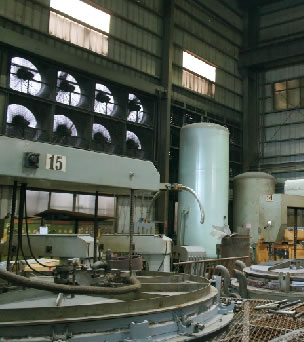
-
Machine Amount Sand Blasting Machine 2 Automatic Phosphatizing Line 1 10-Ton Annealing Furnace For Steel 3 2-Ton Annealing Furnace For Aluminum 1 2- Ton Annealing Furnace For Steel 6